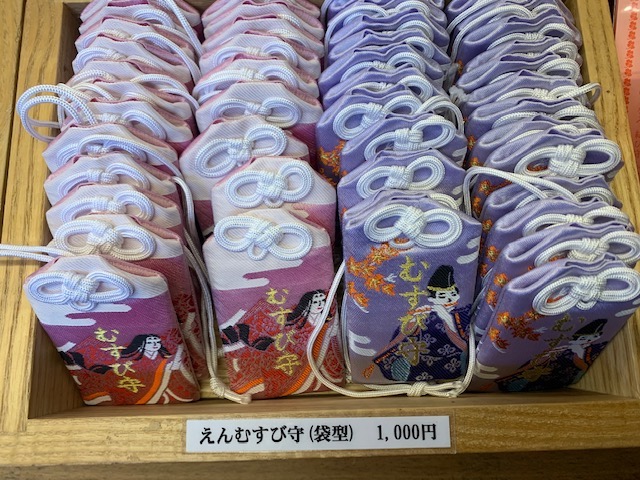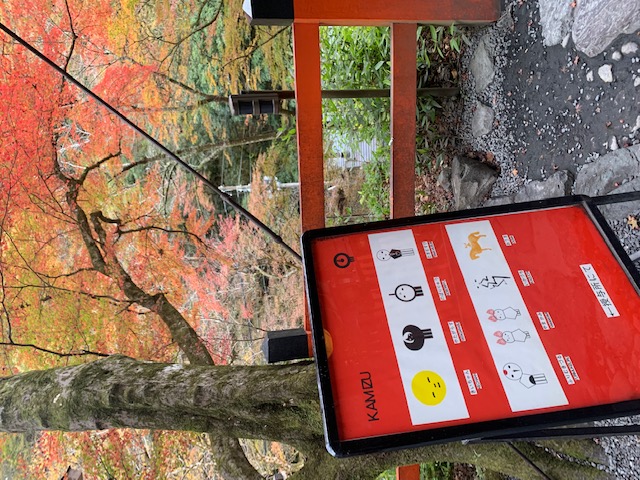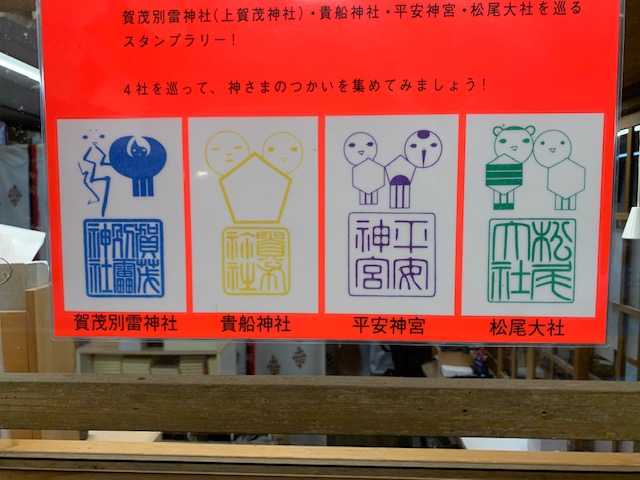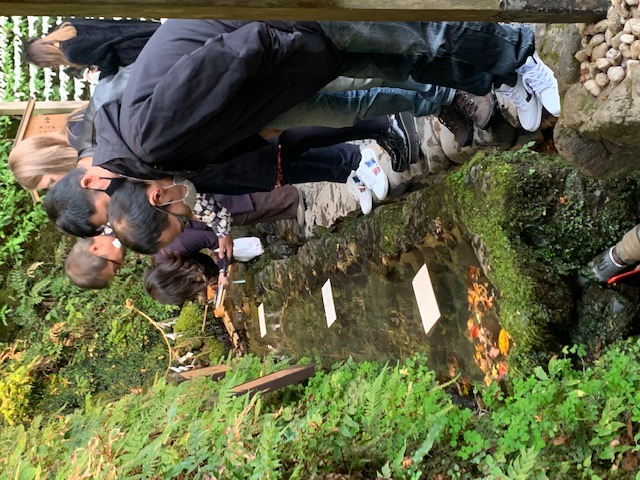Raising revenue, old and new

The busy priests at Kibune have made a lot of improvements and efforts to keep up with the times, as shown in the previous post. I was struck this time also by how they had introduced a contemporary note to their fund raising activities. This goes along with what I have noticed at my local shrine, Shimogamo Jinja, where efforts to attract more people to spend money at the shrine is an ongoing business.

My Japanese companion had no idea what the above was about, despite looking carefully, and we had to resort to the internet to find a page that gave some kind of explanation. The idea is that Kamizu is a portmanteau of kami + tsukai (messenger) and the cute characters are an artist’s rendition of what those messengers might look like.

This art project, from what I could see, was simply a commercial enterprise, and this was confirmed by a priest. The website indicates that shrines elsewhere, such as in Tokyo, are also partaking in the project. The artist behind these fanciful creations is Sumi Keiko, associated with a longstanding uchiwa (fan) business in Kyoto called Komaruya.
One or two of the ‘messengers’ were clear enough. That for Kamigamo for instance featured a crow with three legs, known as yatagarasu (see the lefthand item in the picture above). Others were just bizarre (and to me belittling). Nonetheless the characters are featured on a whole range of goods, from perfume bottles to erasers and facial tissues, from cord bracelets to eco bags.
Shrine shops usually sell only a limited number of goods, ranging not much further than omamori amulets, ema prayer boards and omikuji fortune slips. I had the feeling that Kifune and the other shrines involved might be in the vanguard of a new trend as shrines look to increase revenue by reaching out to goods with a wider appeal. Who knows, but people in future might be making shopping expeditions to shrines, with a quick call on the side to pay respects to the kami!

Fortune slips are a traditional way of raising money and finding innovative ways of using them helps draw visitors to a shrine. In recent years Shimogamo Shrine has adopted the water revelation method too.

Leave a Reply